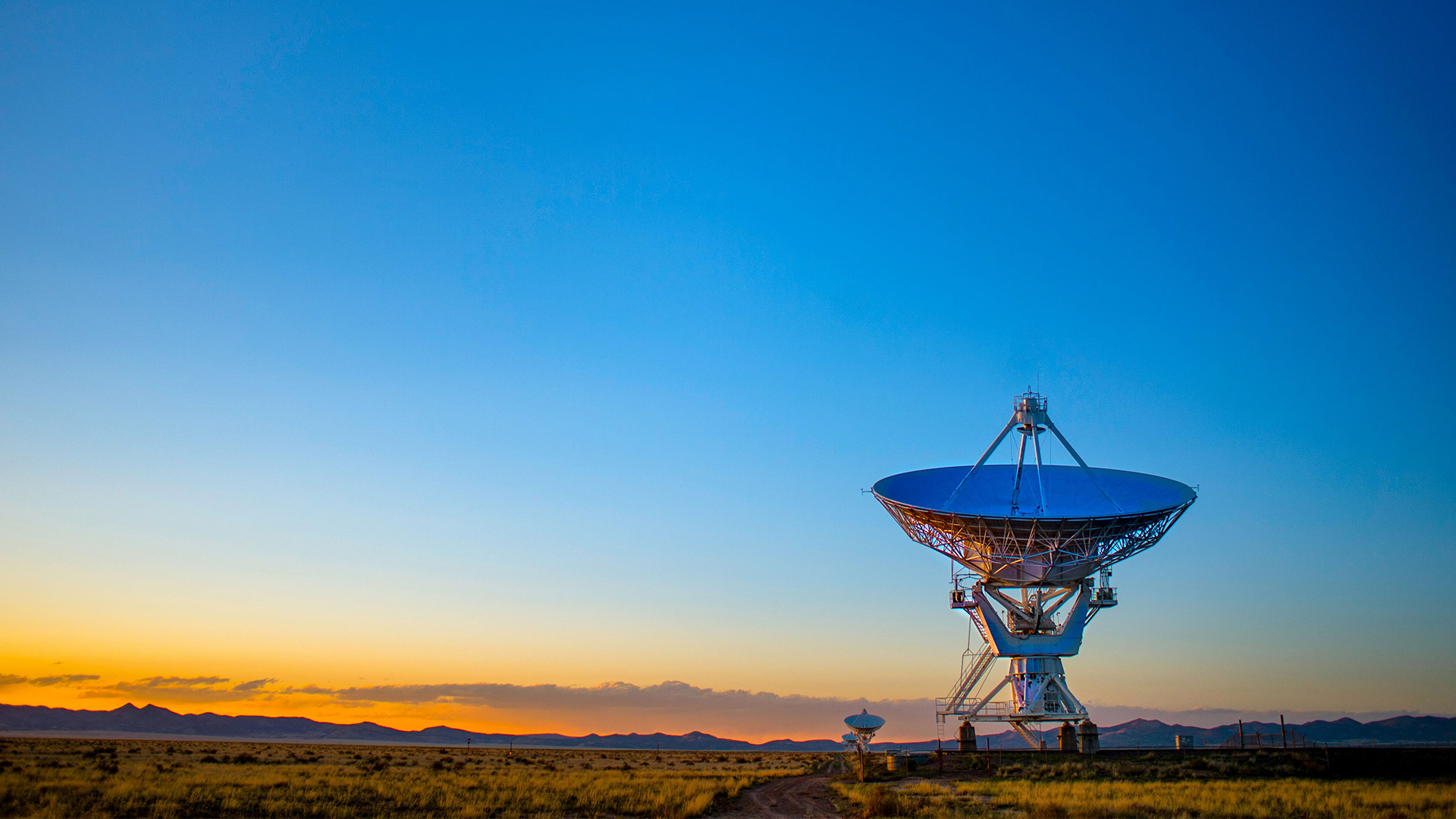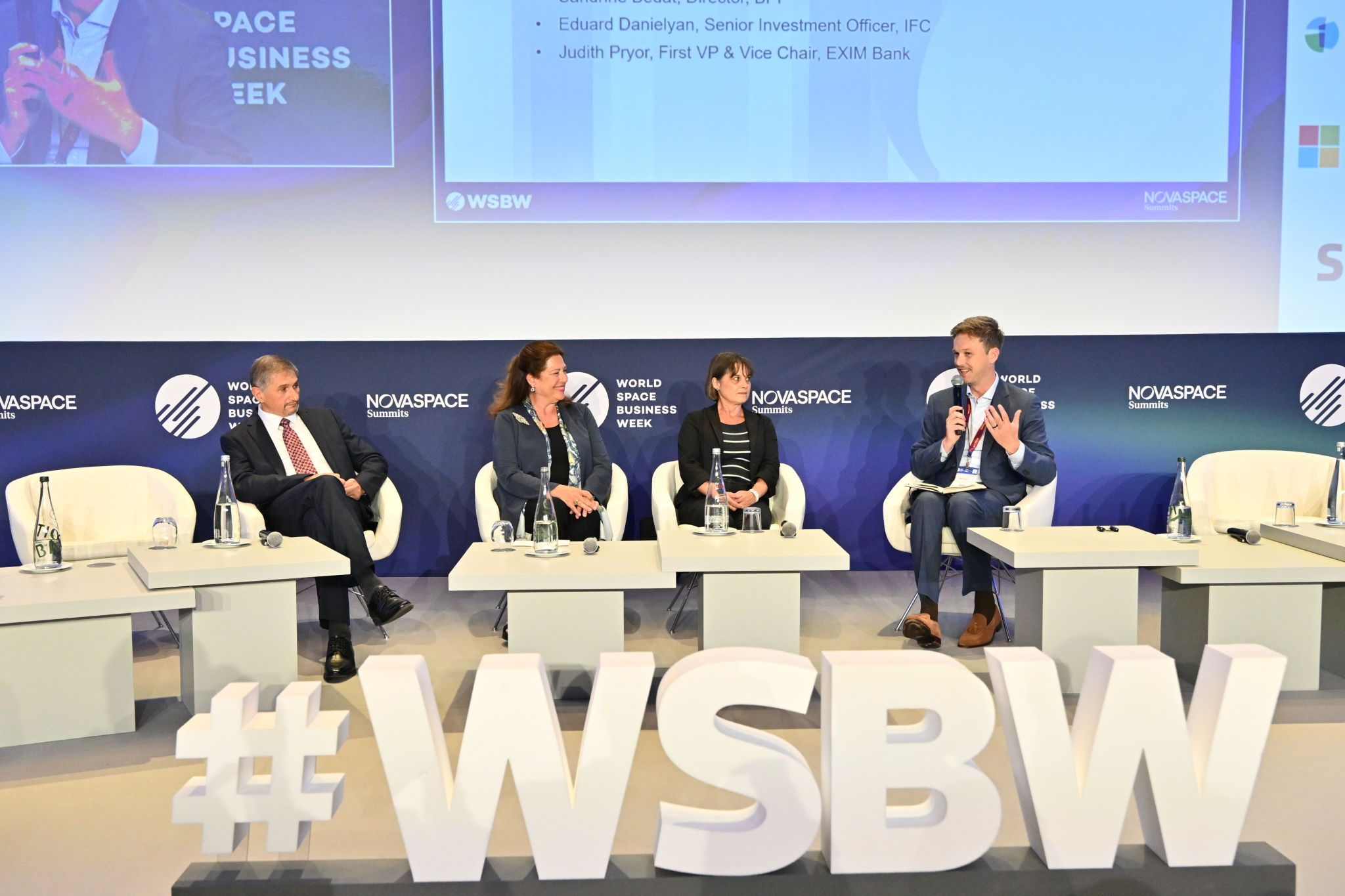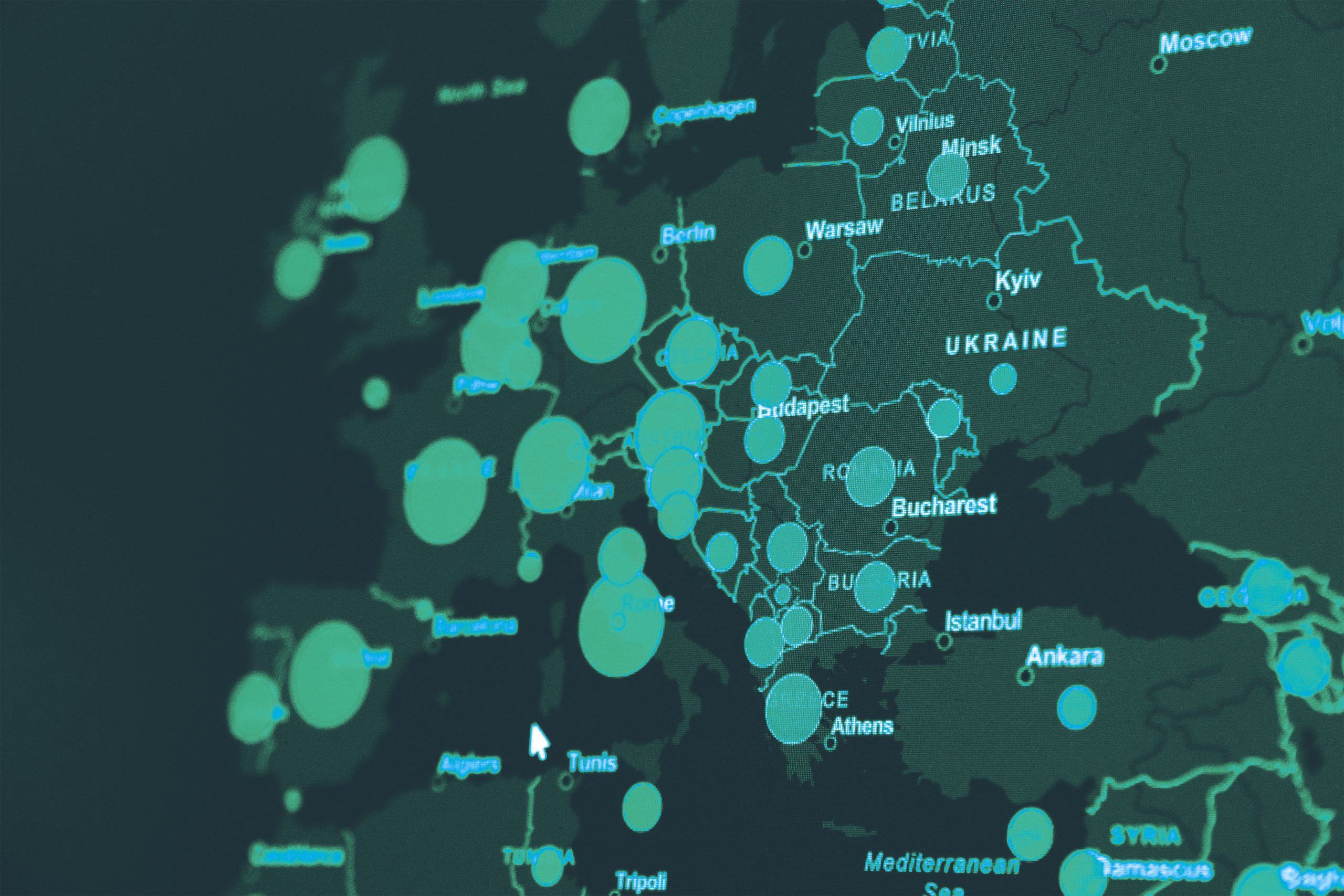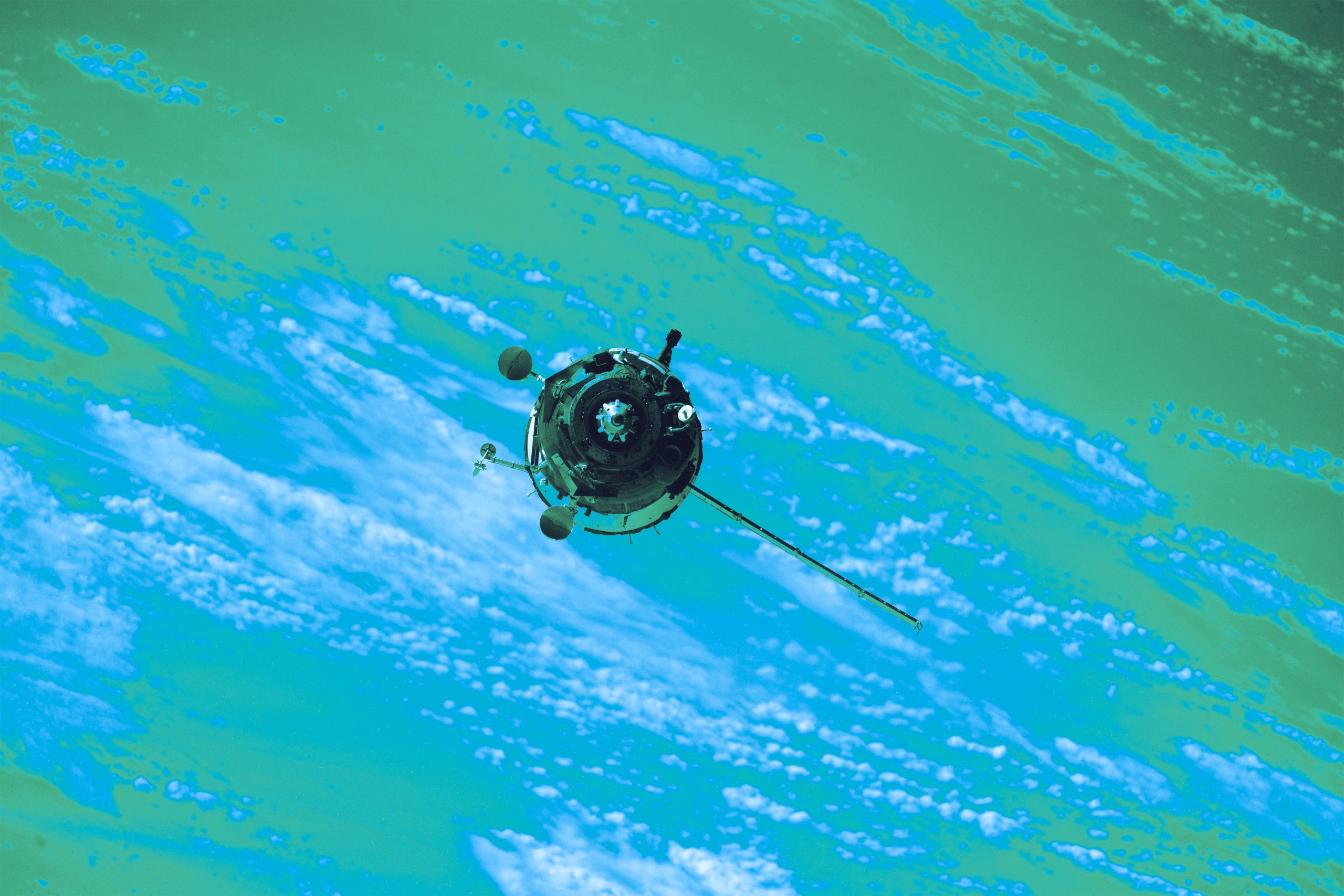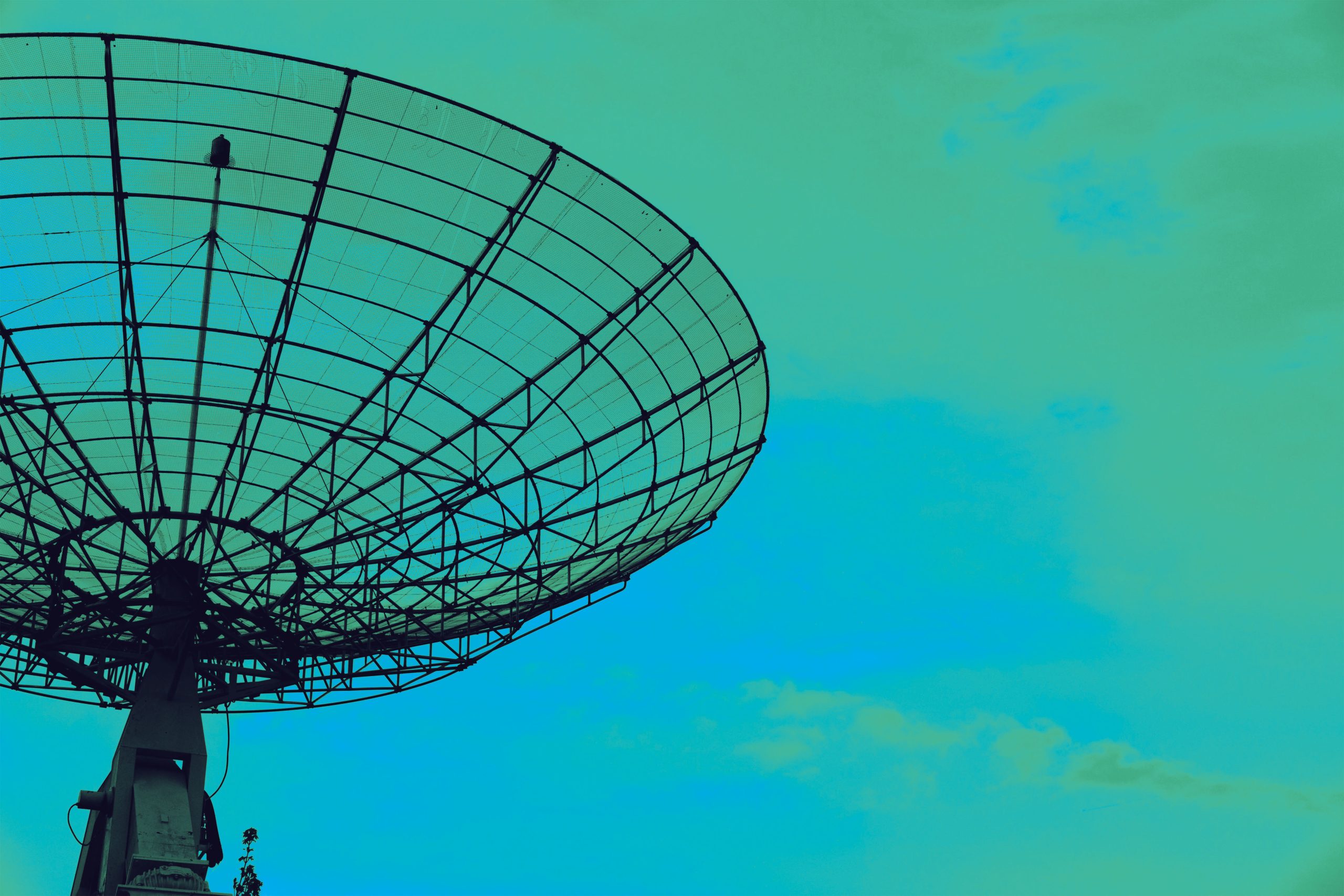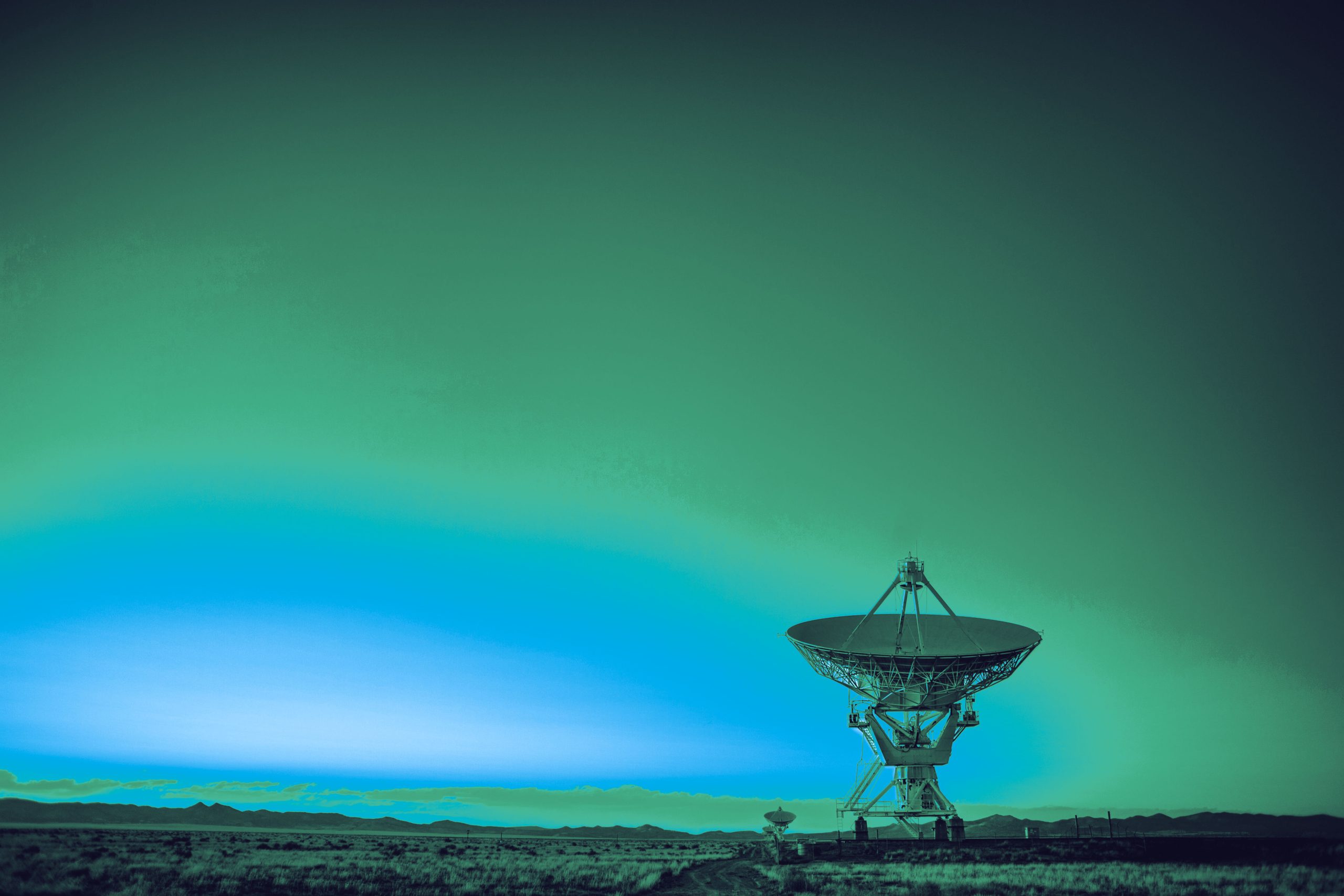As the industry works to make access to space more widely available, innovative launch solutions and shared rockets are becoming increasingly popular. On Episode 38 of The Satellite & NewSpace Matters Podcast we spoke with Ian Cinnamon, the Co-Founder and CEO of Apex, about the company’s unique solution to this phenomenon. Established in 2022, Apex aims to address a growing opportunity in spacecraft manufacturing thanks to its standardised product offering and rapid manufacturing techniques. Read on for an inside look at the founding story of this innovative company.
It all really started through customer conversation. I’m a big believer that you start with the problem, not the solution. From over 100 customer conversations, my Co-Founder Max and I very quickly realised that the bottleneck in the industry used to be the launch site. So how do you get something from Earth up into space more quickly? That bottleneck has effectively been alleviated thanks to all of the brilliant launch companies and investment dollars that have gone into the space. However, with any systems equation, when you alleviate one bottleneck, another one will appear in the system. The bottleneck has now shifted to satellite buses.
If you don’t know what a satellite bus is, the way to think about it is that a rocket or launch vehicle will take something from Earth and deposit it onto a platform in space. The thing you’re depositing into space could be a fancy new camera that looks at climate change or monitors the movement of troops. Maybe it’s a communications dish that helps us talk to each other all around the world, et cetera, et cetera. It could be anything, really. Whatever it is, we call it the payload.

There are brilliant companies out there who are amazing at making payloads, but those payloads cannot survive on their own in space. So take a camera, for example. Let’s say you make a new fancy camera that can take amazing high-resolution photos of the Earth. If you just stick a camera up in space, it doesn’t work because it needs power. It needs to be able to move around, communicate with the Earth, deal with thermal issues, etc. In order for the payload to function in space, you have to attach it to what’s called in the industry a satellite bus or satellite platform.
These buses have been made since the dawn of the space era, but from all of the conversations that we had in the early days with customers, what we realised was that companies were able to secure a ride to space fairly quickly, but the problem was the satellite bus that would let the payload function was the slowest part of the process.
That problem was universal across government, commercial, and everything in between. Almost every single customer we interviewed said the biggest pain point they had was the speed at which they could get one of these satellite buses. That is what we set out to solve at Apex: how can we alleviate the bottleneck and deliver satellite buses as quickly as possible to customers?
To hear more about Apex’s unique service offering, tune into Episode 38 of The Satellite & NewSpace Matters Podcast here.
We sit down regularly with some of the biggest names in our industry, we dedicate our podcast to the stories of leaders in the technologies industries that bring us closer together. Follow the link here to see some of our latest episodes and don’t forget to subscribe.
